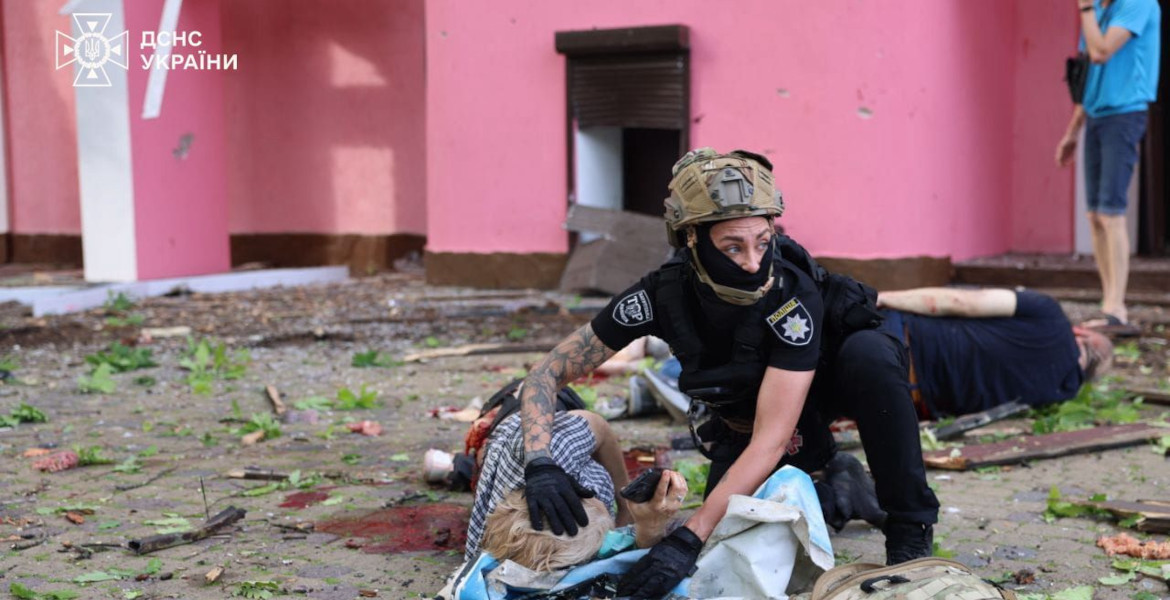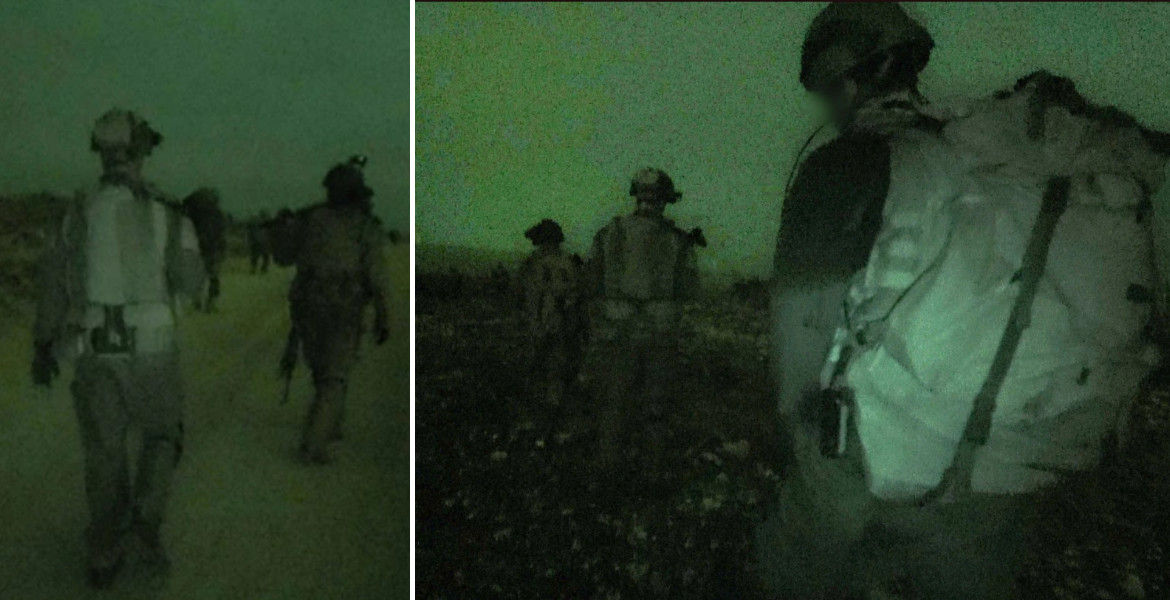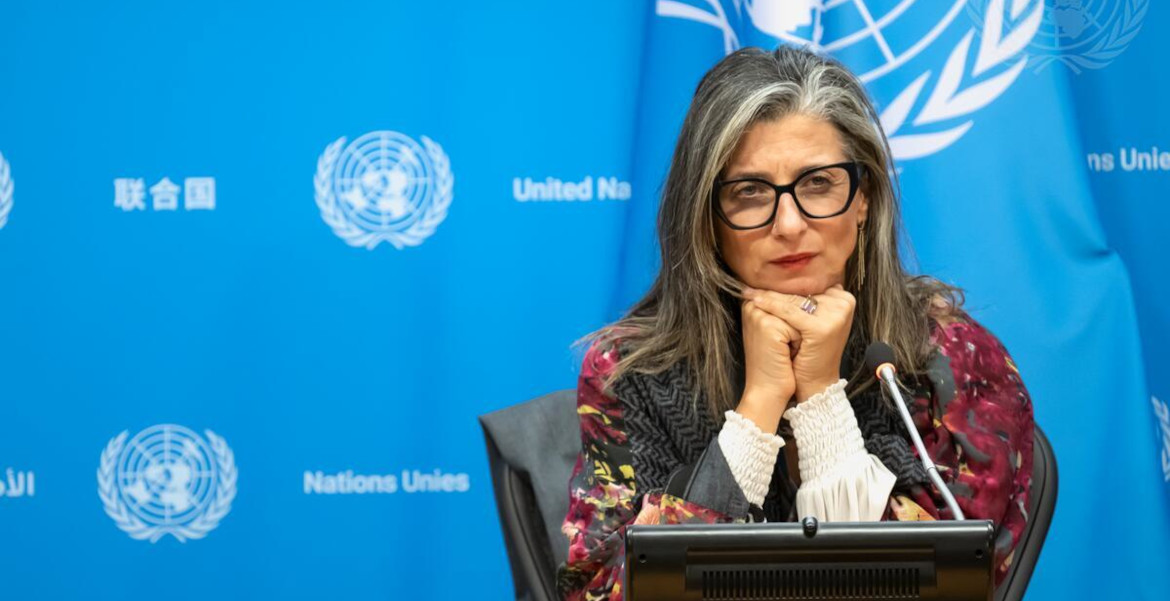A common theory is that the inhabitants of Easter Island destroyed their own habitat to cope with a growing population, including cutting down all the trees. Now, however, a US study shows that the population was much smaller than previously thought and that the “ecocide” hypothesis may be false.
Easter Island, located in Polynesia, is famous for its giant stone statues called ‘moai’. The island is also known for the theory that its inhabitans caused something called ‘ecocide’, which in short means widespread destruction or damage to the environment and ecosystems.
The theory goes that the island’s growing population cut down palm trees at an unsustainable rate to create farmland, build boats, harvest fuel and move the massive statues. Widespread deforestation led to soil erosion and the depletion of agricultural land, which in turn led to famine and social collapse. By the time Europeans discovered the island in the 18th century, the population was a shadow of what it had been, the theory goes.
In a new study published in Science Advances, researchers from Columbia University show that this theory may be wrong.
They used high-resolution short-wave infrared and near-infrared satellite imagery and machine learning to identify archaeological sites of stone farming, where residents grew crops such as sweet potatoes that were built with stones. The results showed that only 0.76 km² of land was used for this, far less than previous estimates.
“Not supporting a large population”
The researchers believe the farm could only support about 3,900 people, not the 17,000 previously estimated to live on the island. However, they believe the average number was closer to 2,000 people, but could have been closer to 4,000 if other foods such as fish and berries and fruits were included.
– One of the major arguments for an ‘ecocide’ was that the populations must have been very large in order to build all of the moai statues, researcher Dr. Dylan Davis told The Guardian. However, archaeological evidence does not support a large population and studies of the moai themselves suggest that a small population could have built and moved them. It just required cooperation.
Research also suggests that the island was forested around 1200-1250 AD, but that the soil had limited nutrients, making it difficult to cultivate. However, it was the seed-eating Polynesian rat that caused the tree population to decline.xccd
– When Europeans arrived in the 18th century, they found a society living within their means, growing much of their food in rock gardens in an otherwise unfarmable landscape, says Davis.
Easter Island Facts: Easter Island
Easter Island, also known as Rapa Nui, is located in the southeastern Pacific Ocean. The island got its name because Jacob Roggeveen and his crew celebrated Easter Sunday on April 5, 1722, before they first landed on the island.
In 2017, the population was about 7,750 people. The nearest inhabited island is 2000 kilometers away, making it one of the most remote places in the world.
There are over 1040 stone statues of various sizes on the island, most of which are carved from the rock of the Rano Raraku volcano. The exact purpose of the statues is unknown, but the most common theory is that they were carved by the people of Easter Island at least 1,000 years ago. They probably represented dead ancestors or relatives.









